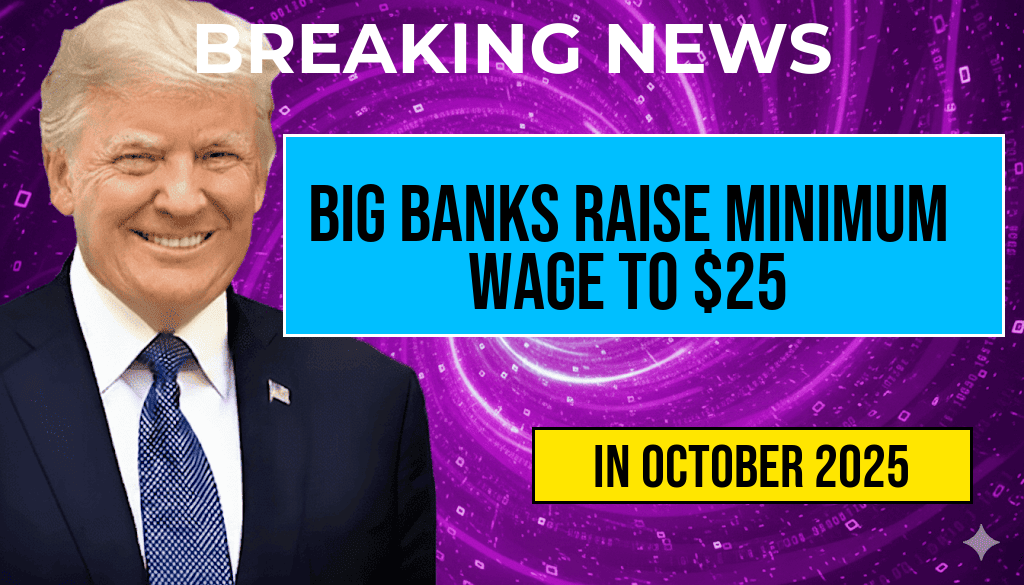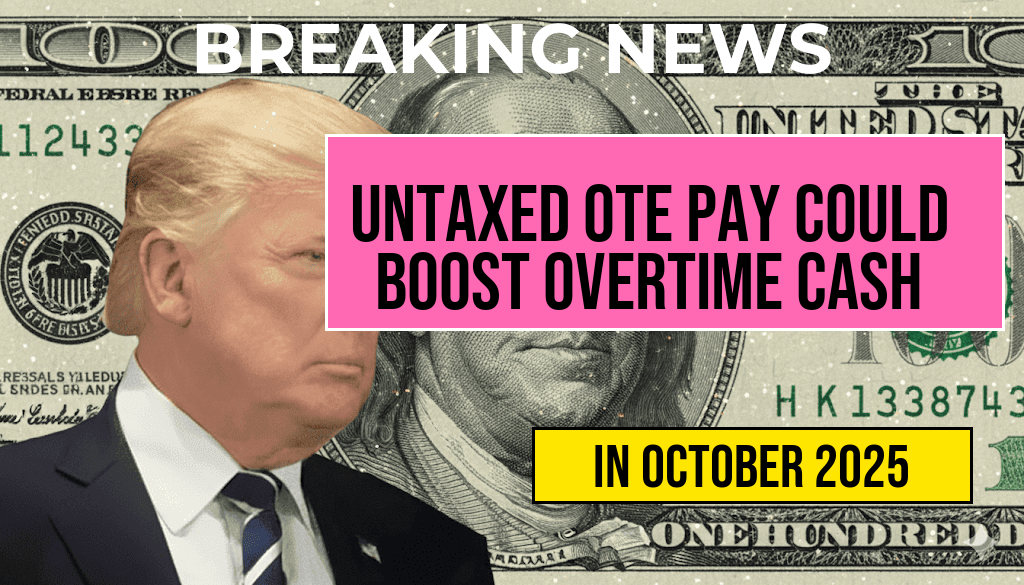In a significant move reflecting the evolving landscape of employee compensation, Bank of America announced an increase in its minimum wage to $25 per hour, effective immediately. This decision comes as part of a broader trend among major financial institutions to enhance worker pay amid growing public scrutiny and competition for talent. The change positions Bank of America as a leader in wage standards within the banking sector, potentially putting pressure on other large banks to follow suit. As the labor market tightens and inflationary pressures continue, this decision may reshape employee expectations and recruitment strategies across the industry.
Details of the Wage Increase
Bank of America’s new pay structure will affect thousands of employees nationwide. The bank’s commitment to raising its minimum wage is part of a strategic initiative to attract and retain talent in a highly competitive market. A spokesperson for the bank stated, “We believe that investing in our employees is essential to our success and the success of our clients.”
Industry Response
The announcement has sparked discussions within the banking sector, with many analysts predicting that it could compel competing banks to reassess their wage structures. Major players like JPMorgan Chase and Citigroup may feel the need to respond to Bank of America’s new wage standard to avoid losing valuable employees to their rival. According to research from Forbes, competitive wages are becoming increasingly critical as banks seek to fill positions in a tight labor market.
Implications for Employees and the Economy
The decision to raise the minimum wage to $25 per hour is likely to have several implications:
- Increased Employee Satisfaction: Higher wages can lead to improved job satisfaction and morale among employees, which may result in lower turnover rates.
- Attracting Talent: Competitive wages can help banks attract a stronger talent pool, particularly in entry-level positions.
- Economic Impact: Increased wages can contribute to higher consumer spending, potentially benefiting the broader economy.
Potential Challenges for Competitors
While raising wages may benefit employees and enhance recruitment, it also presents challenges for banks. Increased payroll expenses could pressure profit margins, particularly for banks that operate on thin margins. Analysts suggest that banks must balance the need for competitive wages with the imperative to maintain profitability.
Future Outlook
As financial institutions navigate this new wage landscape, the focus will likely shift toward how banks can sustainably implement wage increases without compromising their financial health. The move by Bank of America could set a precedent, leading to a new norm in the banking industry, where higher starting wages become a standard expectation.
Conclusion on Wage Trends
The decision by Bank of America to raise its minimum wage is a clear indication of the shifting priorities within the banking sector. As institutions adapt to new economic realities, employees may find themselves in a more favorable position, driving changes that extend beyond just the banking industry. Financial experts predict that if competitors fail to adjust accordingly, they risk losing their competitive edge in attracting and retaining skilled workers.
| Bank | Current Minimum Wage | Effective Date |
|---|---|---|
| Bank of America | $25/hour | Immediately |
| JPMorgan Chase | $20/hour | 2022 |
| Wells Fargo | $18/hour | 2021 |
As the situation develops, stakeholders in the banking sector will watch closely to see how these wage increases influence employee satisfaction, retention rates, and overall industry dynamics. For more information on wage trends in the financial sector, visit Wikipedia for a comprehensive overview.
Frequently Asked Questions
What is the new minimum wage at Bank of America?
The new minimum wage at Bank of America has been raised to $25 per hour, reflecting the bank’s commitment to providing competitive compensation for its employees.
Why are big banks increasing their minimum wage?
Big banks, including Bank of America, are raising their minimum wages to attract and retain talent in a competitive labor market, while also responding to increasing demands for fair pay.
How does this wage increase affect other competitors?
The wage increase at Bank of America puts pressure on competitors to follow suit and raise their minimum wages in order to remain competitive in attracting skilled workers.
When did Bank of America announce this wage increase?
The announcement regarding the increase to $25 per hour was made recently, highlighting the bank’s proactive approach to employee compensation in the current economic climate.
What impact might this have on the banking industry overall?
This decision by Bank of America may lead to a ripple effect across the banking industry, prompting other financial institutions to reconsider their own wage structures to avoid losing talent.








